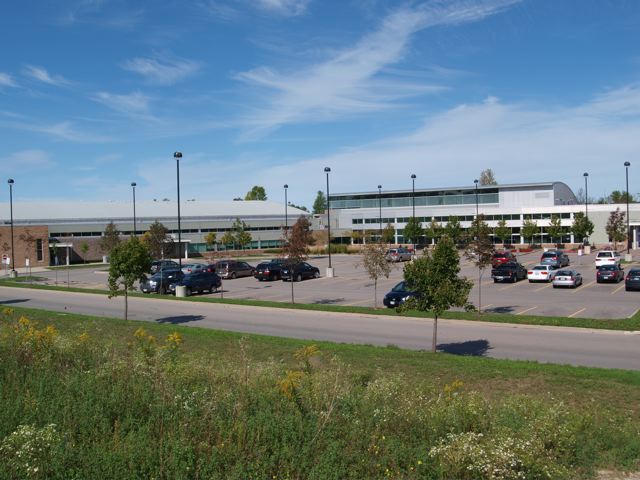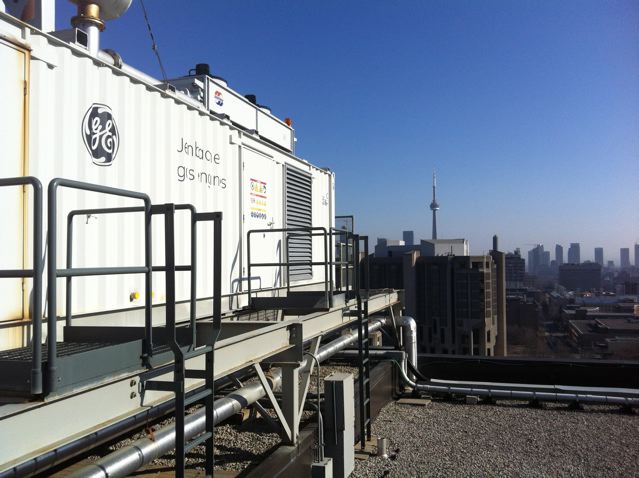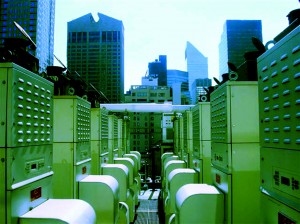
CHP Efficiencies Conserve Energy
With a decrease in natural gas prices, and the possibility that lower prices will continue in the foreseeable future, there has been an increased interest in the implementation of cogeneration in buildings where there is a simultaneous demand for power and heat (or cooling). Cogeneration is also referred to as Combined Heat and Power (CHP).
By increasing efficiencies CHP can provide an attractive return on investment and a contribution to reduction of greenhouse gases.
Buildings that use a significant amount of heat and power represent an opportunity for an on-site CHP system. In today’s market, where the price of power paid by the consumer is often higher than 10 ct/kWh and the price of natural gas is lower than $6/GJ, smaller CHP systems (<250 kW) can achieve a simple payback that is better than 7 years, where larger systems (>500 kW) often see a simple payback that is better than 5 years.
CHP systems usually generate power behind the meter, used by the building itself, while less power is being purchased from the utility. The heat that is recovered from the CHP system is typically in the form of hot water and used for space heating as well as domestic hot water heating. In summer months CHP heat can be used for absorption cooling.
Guelph Community Centre
A recent example is the West End Community Centre (WECC) in Guelph, Ontario. WECC recently completed the installation of a 400 kW CHP system supplied by European Power Systems Ltd. (EPS). EPS specializes in CHP systems with natural gas reciprocating engines as well as micro-turbine technology.

Reciprocating engine-based CHP systems are supplied by 2G and GE Jenbacher. Micro-turbine-based CHP systems are supplied by Capstone. Systems range in size from 30 kW to 10 MW. In just its second year of existence EPS has secured more than $8M in projects across the country.
Technology Options
Site requirements drive the decision regarding which would be the better fit for a specific project opportunity between reciprocating engines and micro-turbine technology. Micro-turbines have a smaller footprint, have significantly lower exhaust emissions, do not require radiators and no vibration is transmitted to a building. This makes them attractive for installation in upper floors of apartment buildings and office towers.

Reciprocating engines tend to be larger, may require additional emission controls and are more difficult to integrate in a typical apartment or office building. If the system will provide emergency power in the event of a utility outage, the Canadian code that governs emergency power does not permit micro-turbine technology for this purpose, so the reciprocating engine would be the technology of choice.

Efficiency
Natural gas -based CHP systems reduce fuel consumption by more than 30%, when compared to the separate production of power and heat. In addition, CHP systems can be driven by biomass and other forms of renewable energy through sophisticated new control technology.
For more information about EPS, please visit www.epsenergy.ca GB